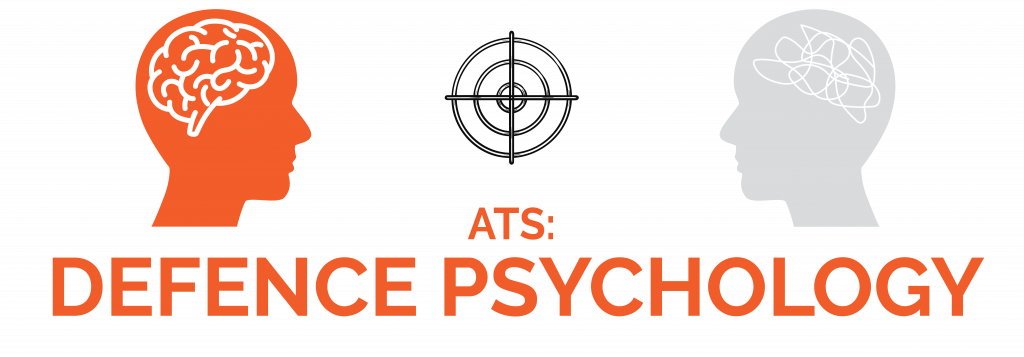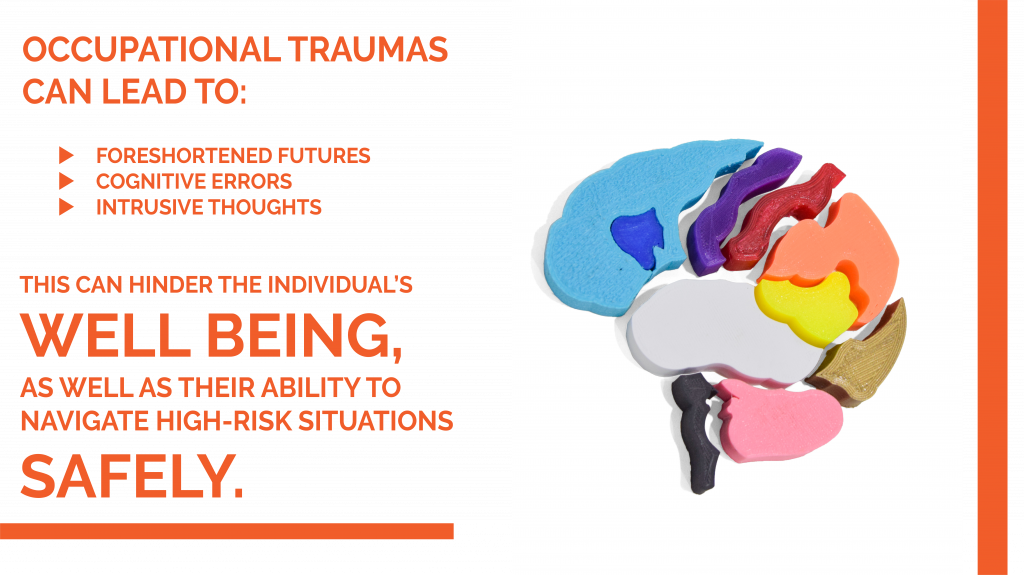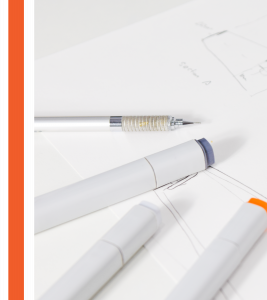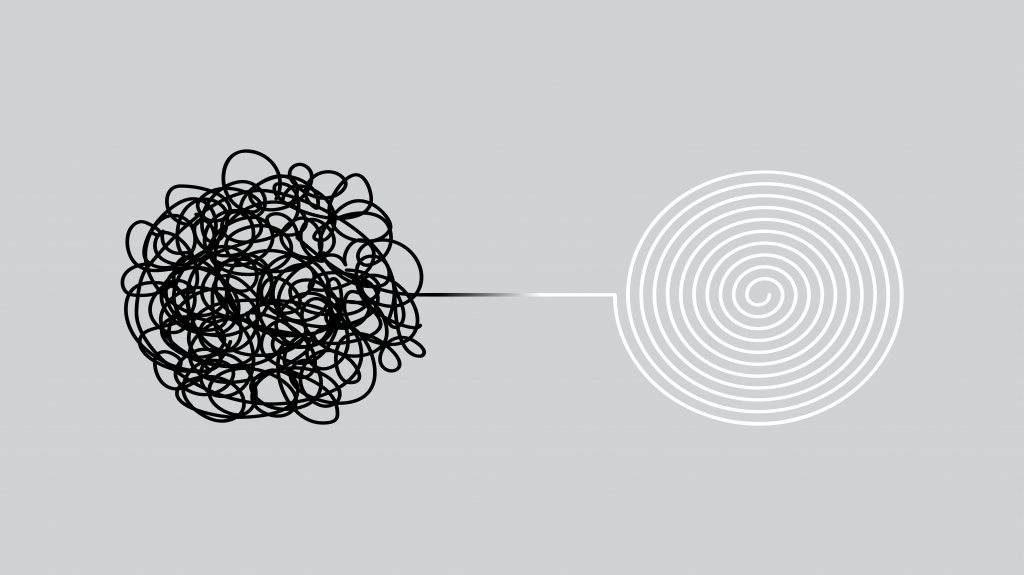
“Progress is impossible without change, and those who cannot change their minds cannot change anything.” – George Bernard Shaw
With design, Plato often gets it right when he said, “there is no harm in repeating a good thing”.
We say this because product design flourishes with an intimate consideration of the user. Their experience is at the core of what drives a designs development. Understanding all influencing factors surrounding user experience guides the existing industry approaches towards product solutions, and thus directs our choices when designing in that respective field. This research and development is a key part of our process.
Repeating what works, works. But in saying that, it’s important to also remember that we are always being presented with two options: repeat, or evolve.
When a product is designed by the user themselves, it generates the perfect conditions for a spark of innovation. This is due to their knowledge of the niche: the first-hand experience in the field which provokes a deep, personal understanding of the user needs. With all great products, experience is what drives the design.
Our clients at ATS are a perfect example of this. Previously in this series, we have discussed the collaboration, design and development of two iconic products: the ballistic vehicles, and the modular walls. But whilst Rotadyne’s expertise centres in design and manufacturing, we know that there’s a lot more behind the product: understanding the ‘why’ behind a product helps guide us towards a more effective “how”.
In this final addition, we will be outlining the into the story behind the products at ATS, the reason for their importance, and how they shot their way into the forefront of the industry with a preventative approach to combat training. It starts with a shift in perspectives in a seemingly unconnected, but deeply relevant industry: psychology.
CHANGING PERSPECTIVES
“Changes and progress very rarely are gifts from above. They come out of struggles from below.” – Noam Chomsky
It’s unsurprising that involvement in warfare, or any environment where there is high risk for confrontation and potentially lethal combat, may lead to consequential damage to an individual’s mental health. Thankfully, our understanding of human psychology, conditioning processes, and the impact of occupational hazards have expanded significantly, particularly in the last two decades.
 Reports of both physical and psychological effects of combat have been made even since First World War; you’ve likely heard of conditions such as “shell shock” or PTSD. But this narrative is not exclusive to the military: a study in New Zealand found that over 85% of emergency personnel have been impacted by occupational trauma[1]. Combat scenarios for members of the police force, whilst in the context of what ATS Chief Executive Officer Kane Mangin refers to as the “urban battlefield”, can also be detrimental to their mental health.
Reports of both physical and psychological effects of combat have been made even since First World War; you’ve likely heard of conditions such as “shell shock” or PTSD. But this narrative is not exclusive to the military: a study in New Zealand found that over 85% of emergency personnel have been impacted by occupational trauma[1]. Combat scenarios for members of the police force, whilst in the context of what ATS Chief Executive Officer Kane Mangin refers to as the “urban battlefield”, can also be detrimental to their mental health.
Initially, soldiers exhibiting PTSD symptoms were perceived as “malingerers”, especially after the First World War. Since then, neurological and psychological factors have been better researched and taken into account, shifting common misunderstandings of trauma and consequently inspiring potential solutions.
Workers today are able to access treatment resources and support services which help them to adjust to life post-combat. An increasing number of companies and institutions worldwide are taking the mental welfare of their workers more seriously, however these approaches generally address traumas after they have taken place, rather than in a preventative effort.
Until recently, treatment has been the focus of mental health efforts. While soldiers were trained for combat itself, there was just no preparing someone for the sight of a gun’s barrel pointed in their direction[2]. There was no effective way to prepare the individual for the chaos or danger without placing them at its forefront, and thus placing them (and those around them) at risk. There was no way to train the required skillsets in a safe and yet realistic simulation.
Our clients at ATS understood this all too well, and began developing a new response to occupational traumas and combat training solutions.

THE ATS RESPONSE
“The goal is to work toward a world where expectations are not set by the stereotypes that hold us back, but by our personal passion, talents and interests.” – Sheryl Sandberg
To avoid the detrimental impacts of combat shooting and occupational traumas within defence and military forces, ATS identified that a truly preventative approach must be implemented. A 2018 report confirms this, citing that reality-based training has proven as the most effective training strategy for preparing individuals for hostile interactions and violent encounters[3].
What makes ATS target systems and training unique is their commitment to this realism. Replicating real life scenarios as accurately as possible for effective immersion has led ATS to become the dominant provider of live target fire systems for the Australian Defence Force, as well as now an international customer base.
“What can we modify today, what is the next level, and how do we get there?” – Kane Mangin, 2021
 ATS works to create immersive and effective training environments which are safe, realistic, and authentic. Their capability for a focused approach, and their skills as ex-military and law enforcement professionals, delivers the essential ingredient needed to prepare for the rigours of combative live fire operational environments. Combined with a collaboration with manufacturing experts with key design and engineering know-how, ATS has succeeded in delivering the most advanced and immersive live fire training environments in the world.
ATS works to create immersive and effective training environments which are safe, realistic, and authentic. Their capability for a focused approach, and their skills as ex-military and law enforcement professionals, delivers the essential ingredient needed to prepare for the rigours of combative live fire operational environments. Combined with a collaboration with manufacturing experts with key design and engineering know-how, ATS has succeeded in delivering the most advanced and immersive live fire training environments in the world.
Today, there is no other Australian company that can provide such a full spectrum live fire training capability, making them established industry leaders.
WHAT’S AHEAD
“Optimism is essential to achievement, and it is also the foundation of courage and true progress.” – Nicholas M. Butler.
This project, as a whole, is still in progress.
On the horizon, we are expecting a myriad of new ideas, new innovations, and new products which all serve the purpose of preventing occupational traumas and making our industries, and the people in them, stronger and more prepared.
“It’s a project aiming to relieve the pressure and elevate the efficiency of combat training.” – ATS
Rotadyne’s mission is to help our clients become part of our growing community of world-changers, who lead their industries into brighter futures. This project, for example, has contributed to the evolution of mental health perspectives in defence psychology. From being misunderstood, to being professionally treated, to now actively prevented, thanks to the work of dedicated innovators.
This is why we love what we do. It goes beyond creating plastic products which make it onto the market shelf. We are passionate about helping develop ideas which can innovate and elevate the entire industry and make a real change. Whether that’s military training and trauma prevention, or environmentally friendly construction equipment (read here), each of these products are a step towards a better future for all of us.
This is what Rotadyne does best: turning important ideas into tangible products, which we can then develop into turn-key solutions. We are here to make the process of progress as accessible and uncomplicated as possible, to incite change where change is needed the most.
Read the full series, which includes case studies on two of ATS’ iconic products as well as insights into the collaboration between industry experts and the big push for Australian Sovereign Industry.
“The arrogance of success is to think that what you did yesterday will be sufficient for tomorrow.” – William Pollard

REFERENCES
[1] Reeve, M.D. August 2016, ‘The emotional impact of police-involved shooting on law enforcement officers’, Ball State University, Muncie Indiana, https://core.ac.uk/download/pdf/78301216.pdf
[2] Charoen P. P. 1999, ‘Officer involved shooting: the emotional impact and the effective coping strategies’, Department of Public Administration, University of Nevada, Las Vegas, http://dx.doi.org/10.34917/1481139
[3] Preddy, James E. September 2018, ‘Building a cognitive readiness construct for violent police-public encounters’, ODU Digital Commons, University of North Carolina

